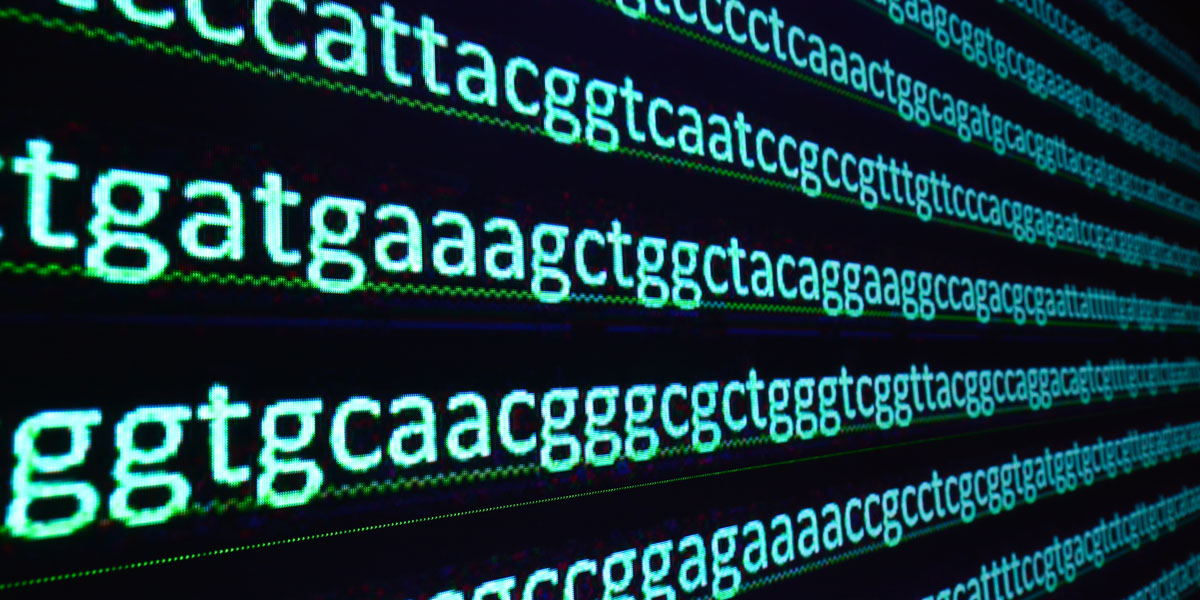
Things go wrong "more often than you would think" – scientist commenting on unwanted duplications of genetic insertions
Adding to the list of problems that can occur with CRISPR, a new study shows that when the CRISPR/Cas system was used in an SDN-2 ("gene modification") gene editing procedure aimed at engineering insertion of genetic material in mice, a high frequency was found of insertions of multiple copies of the DNA molecules used as a template for bringing about the desired gene modifications. The researchers were concerned by the fact that the insertions could not be detected using standard PCR analysis. This in turn led to what they called "a high rate of falsely claimed precisely edited alleles" (gene variants).
In other words, scientists have been unduly hyping the precision of CRISPR when in reality it isn't precise at all.
The researchers used an extended PCR analytical method and found that in most cases, there were multiple head-to-tail insertions of the template DNA molecule.
The lead authors of the study, Boris Skryabin and Timofey Rozhdestvensky, told The Scientist magazine that their findings could have relevance for gene editing across all kingdoms of life, from plants to human cells. They warned that duplications could lead to dangerous frameshift mutations, resulting in misshapen proteins.
GMWatch points out that this could have unpredictable consequences for the food safety of gene-edited crops and foods – for example, producing unexpected toxicity or allergenicity.
According to The Scientist, Katharina Boroviak, a genetic engineer at the Sanger Institute in the UK who wasn’t involved in the new research, isn’t surprised by the findings. She too has observed duplications of inserted sequences in her lab while generating transgenic mouse models.
Commenting on the new study, she said, “[The publication] makes smaller labs that haven’t really quite thought about it that much aware of it. Everybody keeps talking about how great CRISPR is and how wonderful, and so easy. But if you start delving into the details... you can see what is actually going wrong and how often it is actually going wrong — it’s more often than you would think.”
Amid the virtually complete silence from plant genetic engineers about the problems with CRISPR, it's increasingly clear that far more honesty and caution is voiced by those scientists using the gene-editing tool in human cell and animal research for medical purposes.
---
Pervasive head-to-tail insertions of DNA templates mask desired CRISPR-Cas9–mediated genome editing events
Boris V. Skryabin,, Delf-Magnus Kummerfeld, Leonid Gubar, Birte Seeger, Helena Kaiser1, Anja Stegemann, Johannes Roth, Sven G. Meuth, Hermann Pavenstädt, Joanna Sherwood, Thomas Pap, Roland Wedlich-Söldner, Cord Sunderkötter, Yuri B. Schwartz, Juergen Brosius and Timofey S. Rozhdestvensky
Science Advances 12 Feb 2020: Vol. 6, no. 7, eaax2941
DOI: 10.1126/sciadv.aax2941
https://advances.sciencemag.org/content/6/7/eaax2941
Abstract
CRISPR-Cas9–mediated homology-directed DNA repair is the method of choice for precise gene editing in a wide range of model organisms, including mouse and human. Broad use by the biomedical community refined the method, making it more efficient and sequence specific. Nevertheless, the rapidly evolving technique still contains pitfalls. During the generation of six different conditional knockout mouse models, we discovered that frequently (sometimes solely) homology-directed repair and/or nonhomologous end joining mechanisms caused multiple unwanted head-to-tail insertions of donor DNA templates. Disturbingly, conventionally applied PCR analysis, in most cases, failed to identify these multiple integration events, which led to a high rate of falsely claimed precisely edited alleles. We caution that comprehensive analysis of modified alleles is essential and offer practical solutions to correctly identify precisely edited chromosomes.